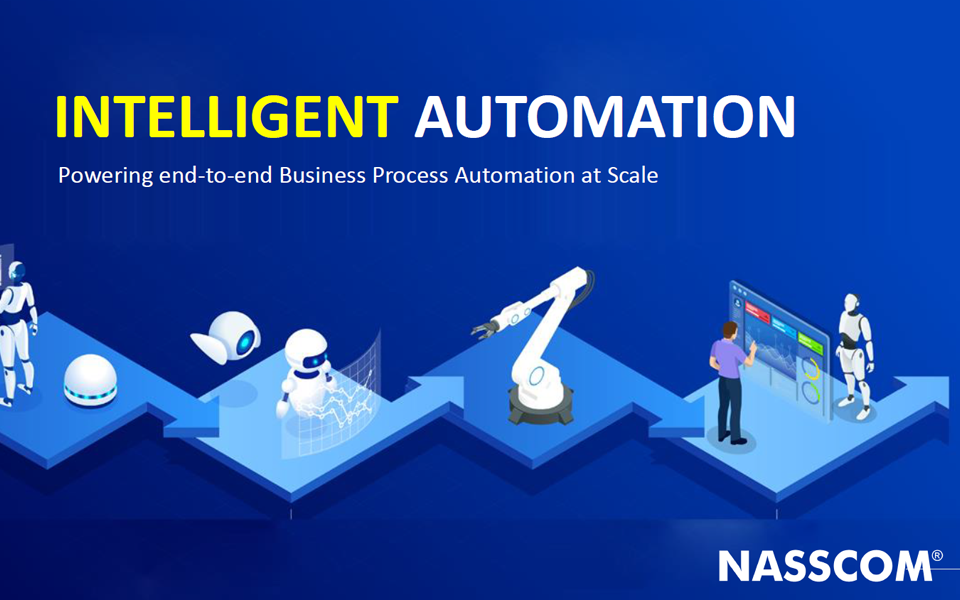In the wake of the COVID-19 pandemic, businesses face an evolving operational landscape that demands more than just piecemeal automation of individual processes. The shift to remote work and digital engagement has generated vast amounts of unstructured data that traditional automation solutions struggle to manage. For small and medium-sized businesses (SMBs), this means it’s essential to adopt intelligent techniques that not only automate functions but also enhance the ability to predict outcomes, identify patterns, and hyper-personalize customer interactions. With tools like Machine Learning, Computer Vision, and Natural Language Processing, SMBs can significantly improve operational efficiencies and prepare for a future that tightly integrates both the digital and physical workforces.
The first step for SMB leaders in this journey is to assess their existing workflows and identify areas where automation can deliver immediate benefits. By mapping out both repetitive tasks and more complex processes, businesses can pinpoint opportunities for automation. For instance, if your customer service team is overwhelmed with queries, implementing an AI-driven chatbot can manage frequently asked questions, allowing human agents to tackle more complicated issues. This shift not only streamlines operations but also enhances customer satisfaction by providing instant responses.
Once you have assessed potential automation opportunities, the next phase is to select the right tools. Platforms like Zapier and Make (formerly Integromat) provide user-friendly interfaces that allow even those without a technical background to automate tasks across different applications. For example, if your sales team uses a CRM like HubSpot and your email marketing is managed through Mailchimp, you can create a workflow where new contacts added to HubSpot are automatically subscribed to your Mailchimp mailing list. This seamless integration saves time and reduces the likelihood of human error.
Implementing such automation requires a basic understanding of workflow design. Start by selecting a specific task you want to automate. For instance, if you recognize that manually tracking invoice payments is consuming valuable resources, you can set up a workflow in Zapier. Begin by choosing “Trigger” as the event that starts the workflow—like receiving a new invoice. Then choose “Action,” which could be sending an email notification to your finance team whenever an invoice is generated. This step-by-step approach allows you to break down the automation process into manageable pieces, making it easier to implement.
While the benefits are clear, SMBs must also consider potential risks associated with automation. Automating processes can create dependencies on technology that may not function as anticipated. Regularly monitoring the effectiveness of the automation tools in place is crucial. Furthermore, a lack of adequate training can lead to underutilization of the systems put in place. Therefore, investing in training sessions that equip your staff with the necessary skills to manage these new technologies is as important as the technology implementation itself.
To gauge the return on investment (ROI) of automation efforts, SMBs should focus on quantifiable metrics. Look at workflow completion times, cost savings from reduced manpower, and improvements in customer satisfaction. For example, if automating a customer support function leads to a 30% reduction in response time, correlate this to customer feedback and potential revenue growth. Balancing qualitative benefits with quantitative metrics will provide a clearer picture of whether automation initiatives align with your business goals.
As you move towards fully leveraging AI-driven automation, be prepared for continuous improvement. Regularly reevaluate your workflows and consider external factors that influence efficiency. If a new AI tool emerges that could better handle a task, remain flexible to adapt your systems accordingly. It’s also beneficial to solicit feedback from employees who interact with the automated workflows daily. Their insights can lead to further optimization and fine-tuning of these processes.
In conclusion, the post-pandemic enterprise environment presents a unique opportunity for SMBs to harness automation through intelligent technologies. By carefully assessing current workflows, selecting appropriate tools like Zapier and Make, and regularly measuring the impact of these changes, businesses can realize significant operational improvements. While challenges exist, a strategic approach combined with ongoing training and evaluation can mitigate risks.
FlowMind AI Insight: Embracing AI-driven automation is not just about improving efficiency; it’s about enabling businesses to thrive amidst uncertainty. By adopting a systematic approach to automation, SMBs can unlock new growth opportunities and adapt to the evolving market dynamics effectively.
Original article: Read here
2025-09-09 03:39:00

